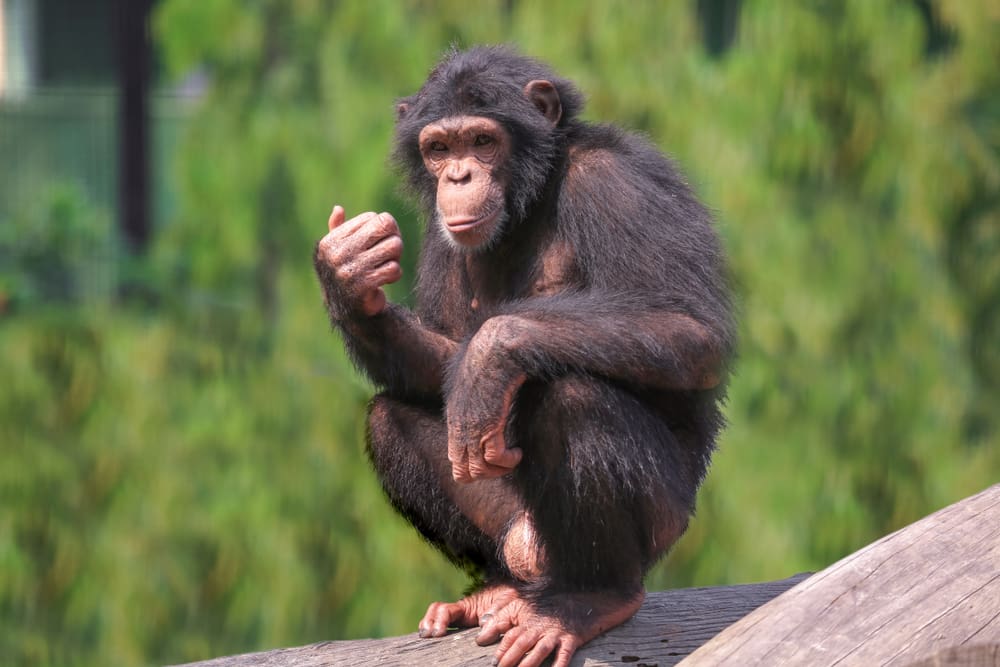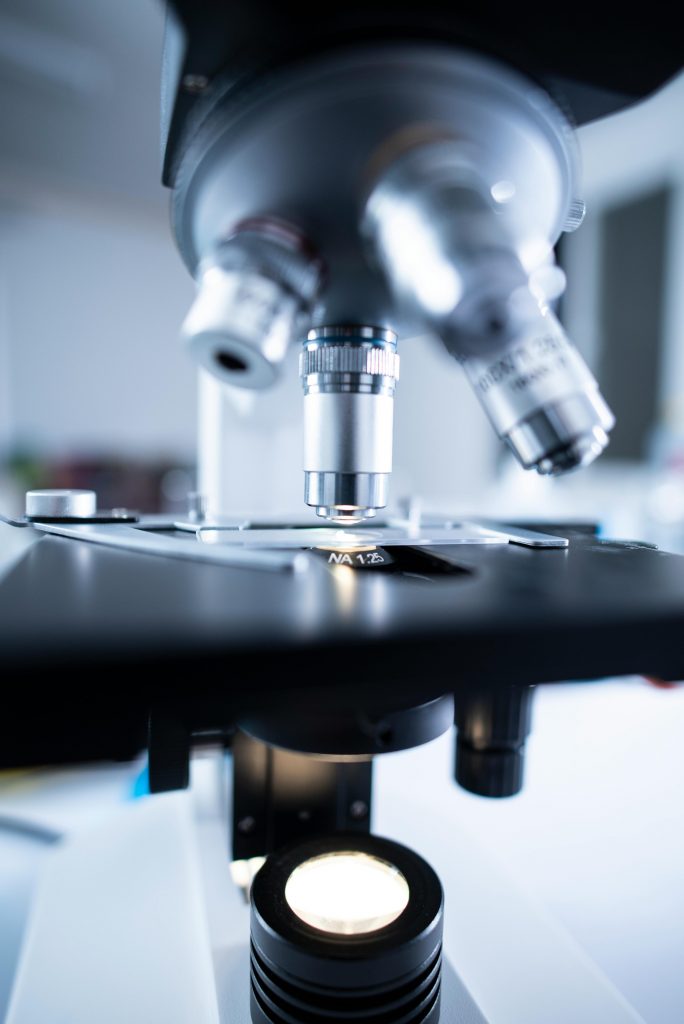In the 1920s, scientists in Florida reportedly created a “humanzee,” a hybrid between a human and a chimpanzee. This controversial experiment involved inseminating a female chimpanzee with human sperm from an undisclosed donor. According to evolutionary psychologist Gordon Gallup, the experiment led to a successful pregnancy and the birth of the hybrid. However, the scientists soon faced profound ethical concerns and chose to euthanize the infant within days or weeks of its birth.
Gallup shared that this incident took place at the first primate research center established in the United States, which later relocated to Atlanta, Georgia. The unsettling creation of the humanzee was driven by the scientific curiosity to explore the boundaries of human and primate genetics. Despite the initial scientific intrigue, the moral implications quickly outweighed the excitement, leading to the termination of the experiment.

This case resurfaced as scientists continue to explore the possibilities of growing human organs in animals for medical transplants. In recent years, similar experiments have been conducted, such as a Spanish scientist’s attempt to create a human/monkey hybrid embryo in China, which was viable but ultimately aborted. These studies raise ongoing ethical debates about the extent to which genetic engineering and hybridization should be pursued in modern science.
The concept of creating human-animal hybrids continues to spark both fascination and fear. While the potential medical benefits, such as organ growth for transplants, are significant, the ethical dilemmas surrounding the manipulation of life forms and the potential consequences of such experiments remain contentious.




